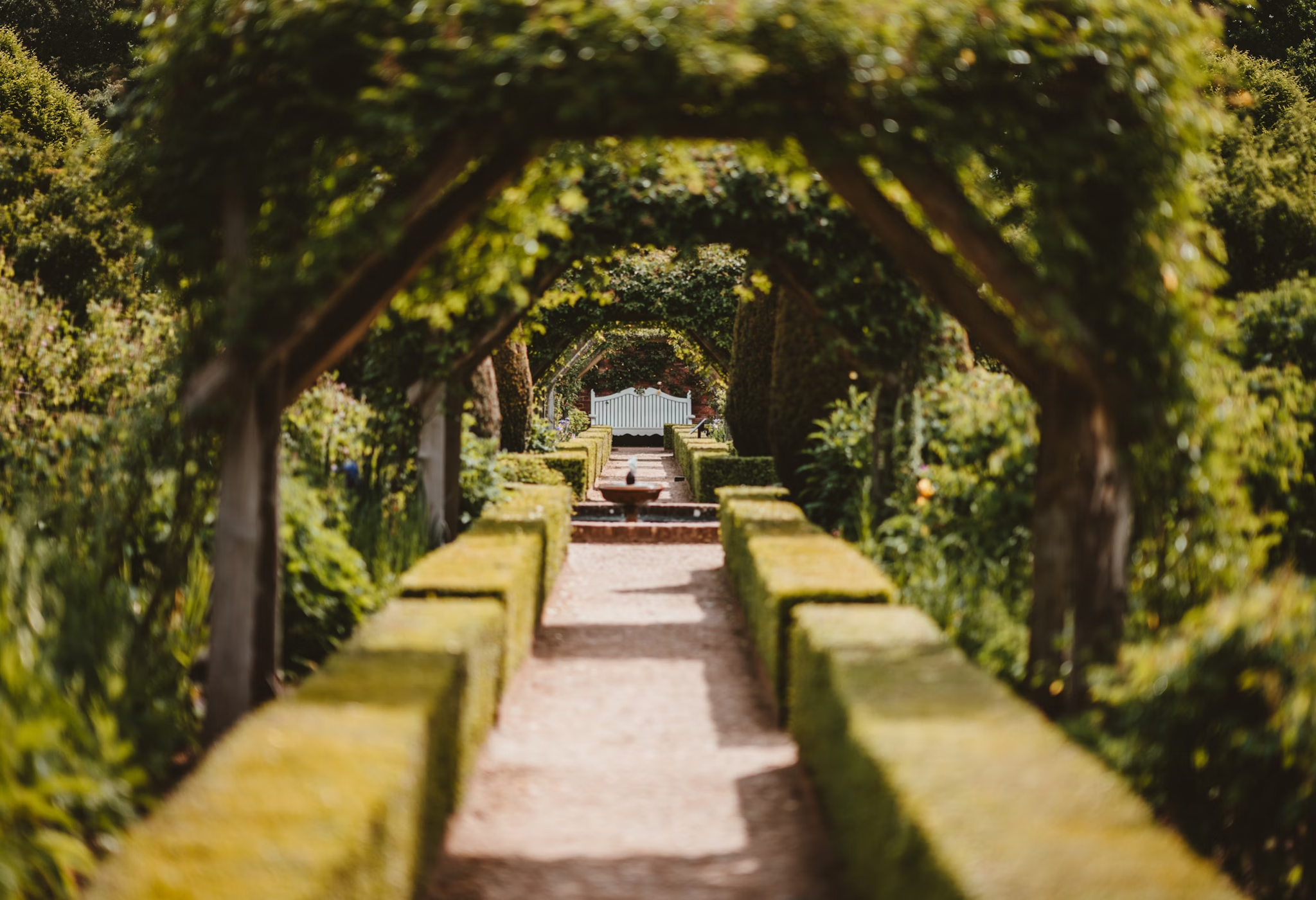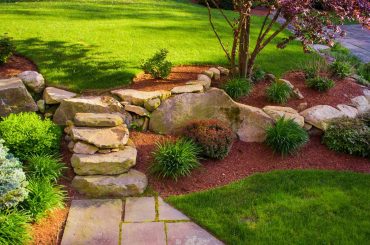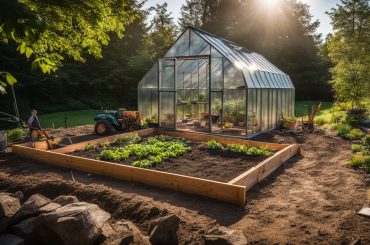Table of Contents
A beautifully landscaped yard can greatly enhance any home’s curb appeal and value. But did you know that using native hedging plants in your landscaping can provide even more benefits? Native plants that grow naturally in your climate and soil require less maintenance, but they attract wildlife, prevent soil erosion, and promote biodiversity.
Why Choose Native Hedging Plants?
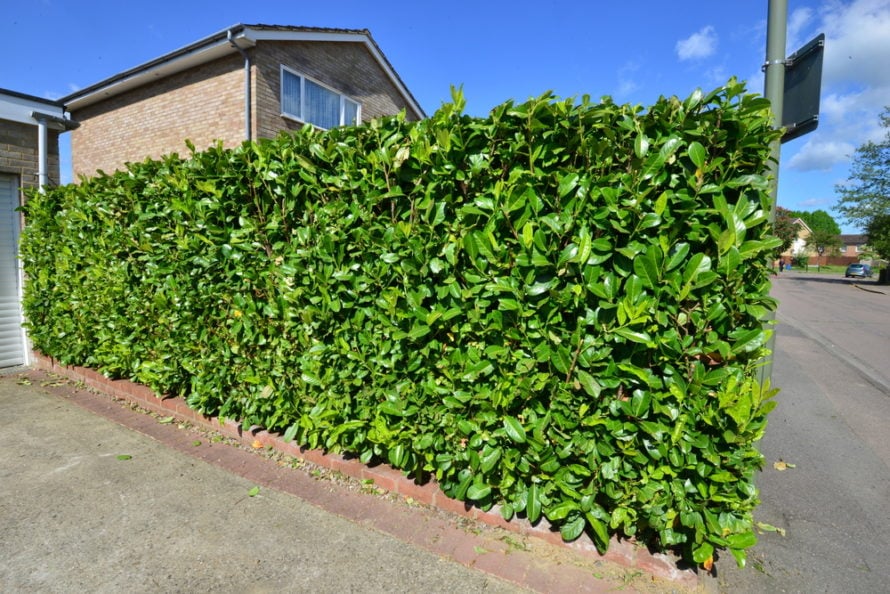
Native hedging plants, as the name suggests, are plants indigenous to a particular geographic region. This allows them to be especially well-adapted to local growing conditions. Here are some of the top advantages of using native plants for hedges and garden borders:
Adaptability to Local Climates
Since native plants naturally grow and thrive in the native soil, rainfall, and temperature patterns of your area, they require far less maintenance and irrigation once established. This saves you time and money on upkeep. As climate change continues to impact weather events, native plants may also prove more resilient than non-natives.
Resistance to Pests and Diseases
After evolving in your local ecosystem for thousands of years alongside native insects and pathogens, indigenous plants have developed natural defenses against many common pests and diseases in your region. For instance, native oaks may have higher tannin content in their leaves, making them unpalatable to native caterpillars.
This innate resistance gives native hedging an advantage over imported varieties that did not evolve alongside local pests. They may struggle with native insects and plant diseases that natives can fend off more easily.
Supporting Local Wildlife

Native hedging plants attract and support butterflies, bees, birds, and other helpful wildlife that rely on native plants for food and shelter. For example, native wild roses produce abundant nectar-rich flowers that appeal to pollinators and hip seed pods eaten by birds. The shelter of the thorny branches also provides a safe nesting habitat for small birds.
This brings beautiful birds and butterflies to your yard and valuable native pollinators like solitary bees or honeybees facing habitat loss from development. A native hedging habitat may attract native birds, squirrels, beneficial insects, and more that might otherwise struggle to find food and shelter among exotic, non-native plantings. Providing native plants invites and sustains native wildlife.
Promote Biodiversity
Incorporating native hedging plants encourages native insects, animals, and other plants to take up residence or grow in your yard as well. This creates an ecologically vibrant landscape reflecting the natural biodiversity of your region. You might find native seedling trees, wildflowers, shrubs, and grasses springing up under mature native hedges.
Natural Pest Control
The native birds, ladybugs, lacewings, and other predators attracted to your native garden habitat also serve as natural pest control. For example, native birds may feast on invasive insects and caterpillars like ticks or gypsy moths that could otherwise damage other plants in your landscape.
Ground beetles, spiders, and small reptiles may also reside and feed on common garden pests. Avoiding pesticides and inviting native wildlife fosters natural diversity and ecological checks and balances between predator and prey species.
6 Tips for Selecting the Best Native Hedging Plants

If you’ve decided to accent your garden with native hedging plants, follow this advice to choose the best options:
- Determine Your Hardiness Zone: Your climate hardness zone indicates which plants can thrive in your area based on the average coldest winter temperature. Consult the zone map for your region to eliminate plants unsuitable for surviving your winters. Selecting only hardy zone-appropriate natives ensures healthy, resilient plants.
- Understand Sun Exposure: Note whether the potential hedge location is in full sun, partial shade, or full shade daily, and choose native plants accordingly. While definitions vary, full sun generally means 6 or more hours of direct sun. The more sun exposure, the better it is for most hedge plants to thrive. But certain natives, like Oregon grapevine, tolerate partial shade.
- Consider Mature Size: Account for the eventual mature height and width of the hedge to ensure the plantings allow room for growth without overtaking the space or fixtures. A narrow corridor calls for slimmer hedge plants that can be frequently sheared, while a wider berth allows for fuller forms. Factor the hedge’s footprint at maturity to prevent future pruning headaches.
- Plan for Peak Season Interest: Select plants that offer more than one season of interest, such as vibrant fall foliage, seasonal fruits, striking winter bark patterns, or variable seasonal blooms. Planning for varied beauty throughout the year beyond just the growing season adds visual appeal.
- Factor in Growth Rate: Faster-growing native shrubs offer faster privacy and enclosure from threats like foot traffic or noisy roads. The quick establishment is ideal when speedy screening is a priority. On the other hand, slower-growing natives take more time to achieve the desired enclosure but need less frequent pruning once they mature. Factor the intended goals into growth rate preferences.
- Check for Local Native Plant Guidelines: Some regions publish lists of ideal native plants for supporting struggling pollinators and wildlife particular to that province or state. Check for recommendations from conservation groups to make the best ecological choices tailored to bolster vulnerable local ecosystems. Resources like university agricultural extensions also provide zone-specific native plant lists.
Exploring Some Excellent Native Hedging Plants
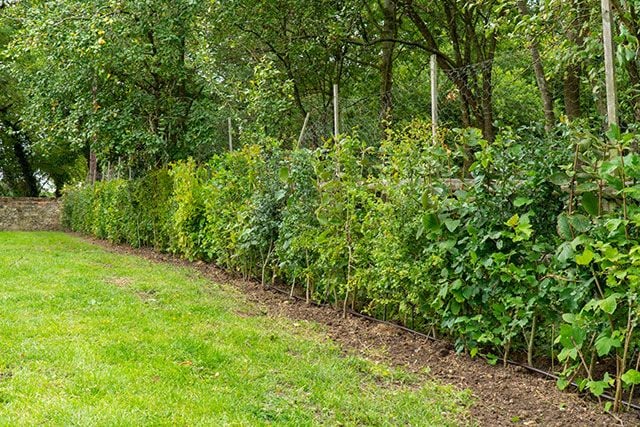
The native plant options suitable for hedges vary widely based on your local ecology. However, the following examples showcase great native choices ideal for gardens and landscapes across the UK:
Blackthorn (Prunus spinosa):

Also known as “sloe,” blackthorn is a fast-growing medium shrub with clusters of white spring flowers. In fall, this tough plant produces bluish-black plums eagerly consumed by birds and small mammals preparing for winter. Blackthorn’s dark bark and sharp thorns make it an ideal security barrier, and it is found across Europe and Western Asia.
Hawthorn (Crataegus monogyna):
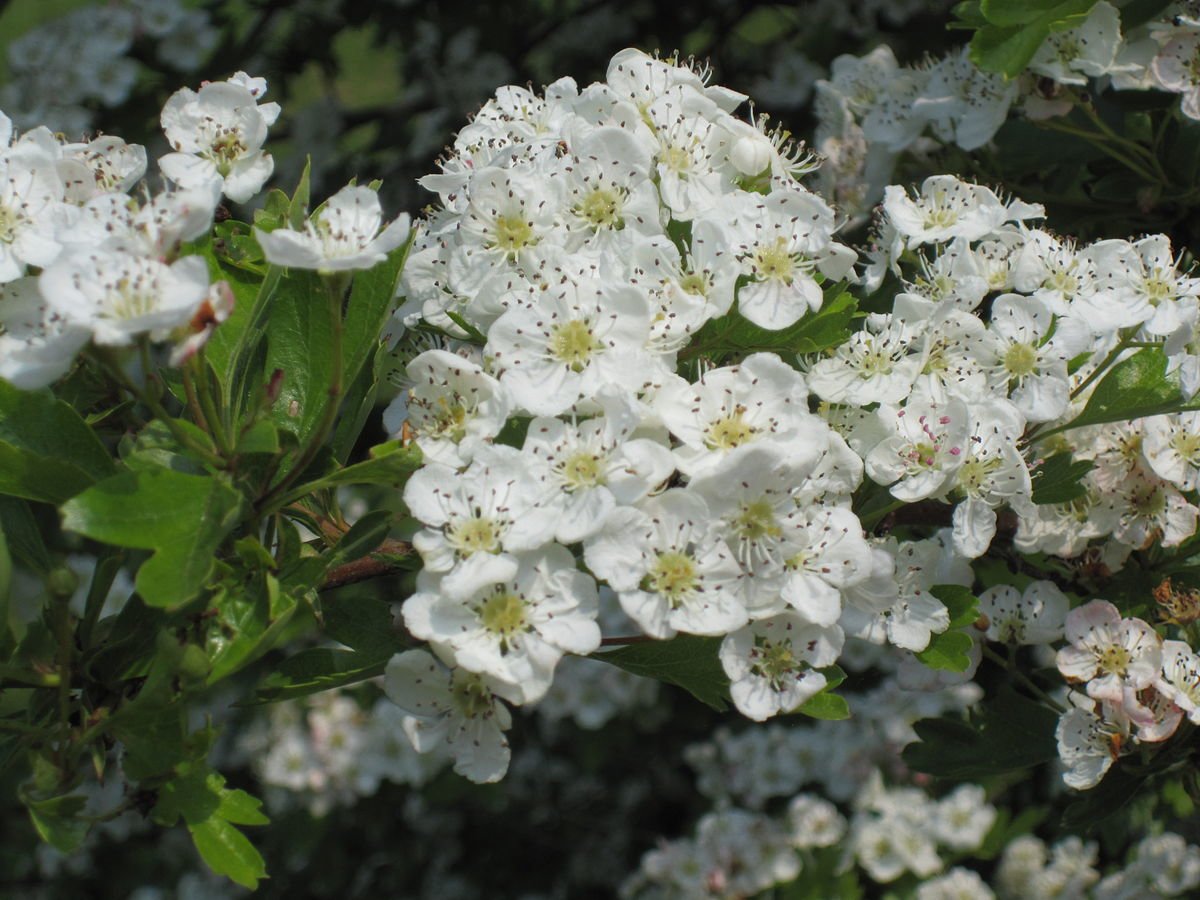
This small, dense, thorny native tree makes an impenetrable hedge. Its spring blossoms yield prolific clusters of red fruits for wildlife in fall and winter. The abundant, rich food source sustains birds and small mammals, while the tree’s dense branching provides shelter and nesting sites throughout the seasons. It is found across Europe, Africa, and Western Asia.
Privet (Ligustrum vulgare):

This medium shrub is green most of the year and blooms with clustered white flowers in summer. Its density makes it a classic privacy hedge. Berries attract pollinators, while twigs and foliage feed caterpillars. The plant grows across Europe and into Western Asia.
Beech (Fagus sylvatica):

Beech makes a lovely, tall deciduous hedge with broad green summer leaves that turn burnished bronze in the fall. Beechnuts have fed both wildlife and humans for centuries. Pollarding keeps the hedge more compact. Beech is native across Europe and Western Asia.
Yew (Taxus baccata):
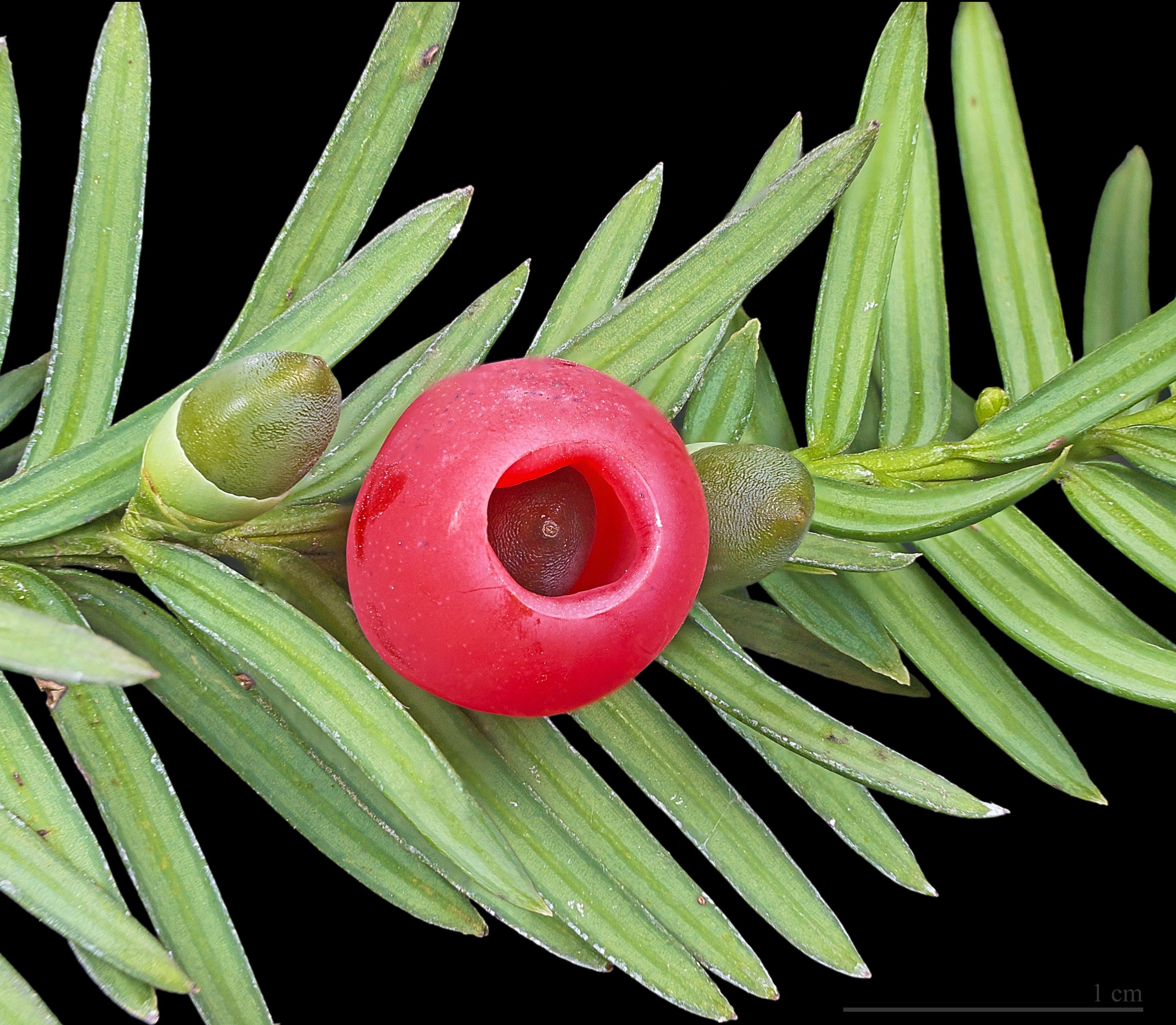
This classic evergreen hedge bears dark green flat foliage year-round. Its mature height suits the enclosure and its dense, whorled branching thwarts trespassers. All parts aside from the red fruit are toxic. Native from Europe across to Western Asia, northwest Africa, and Iran.
Conclusion
Incorporating native hedging plants into your landscape design provides multifunctional beauty and ecological benefits compared to exotic varieties. Just be sure to select plants well-suited to your specific climate and growing conditions for low-maintenance, vibrant beauty that also supports wildlife populations in your area. Our native insects, birds, and animals rely on native plants to thrive in our human-dominated world. A little thoughtful habitat creation can aid biodiversity conservation goals while making your outdoor space more gorgeous than ever.

